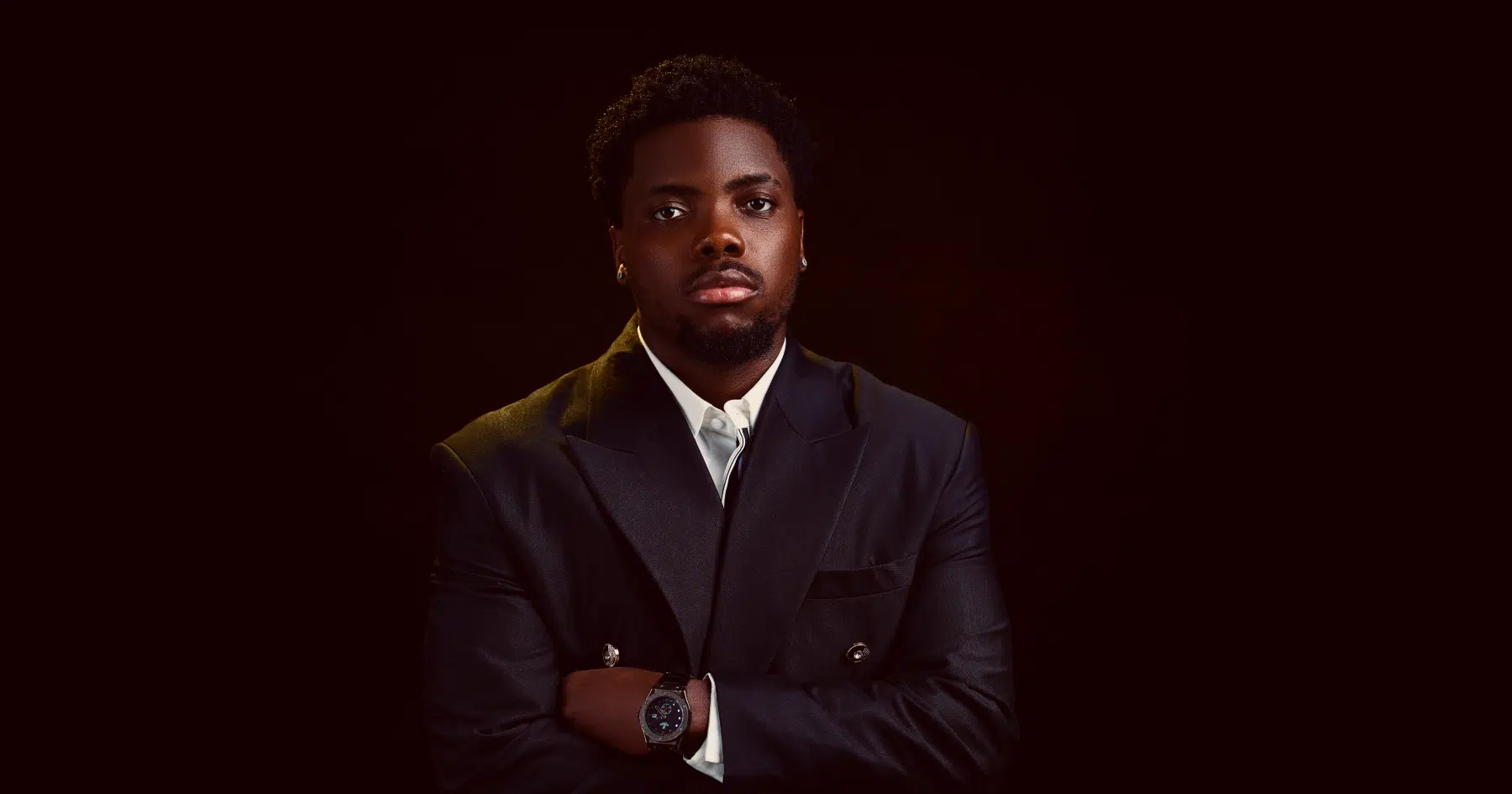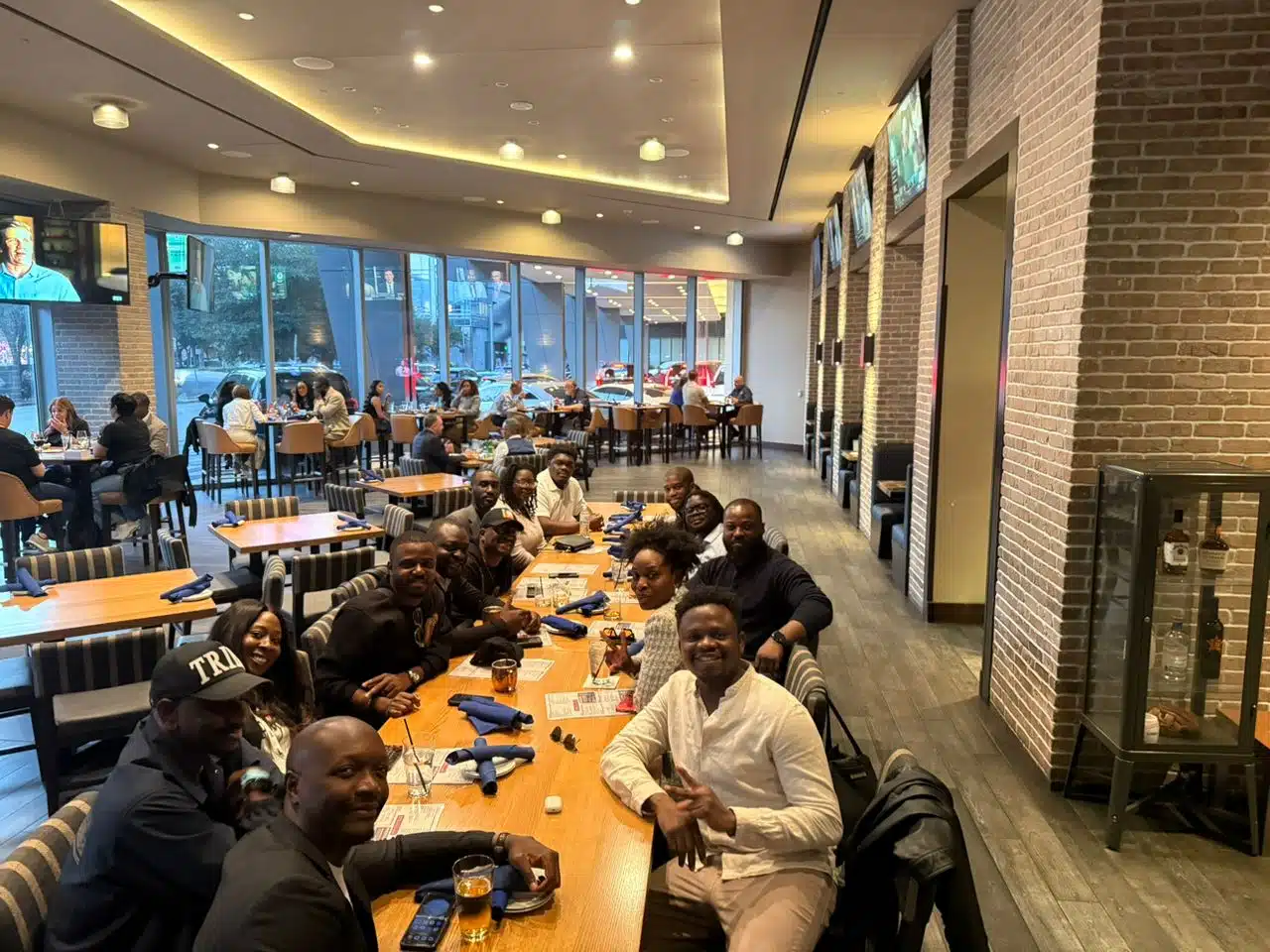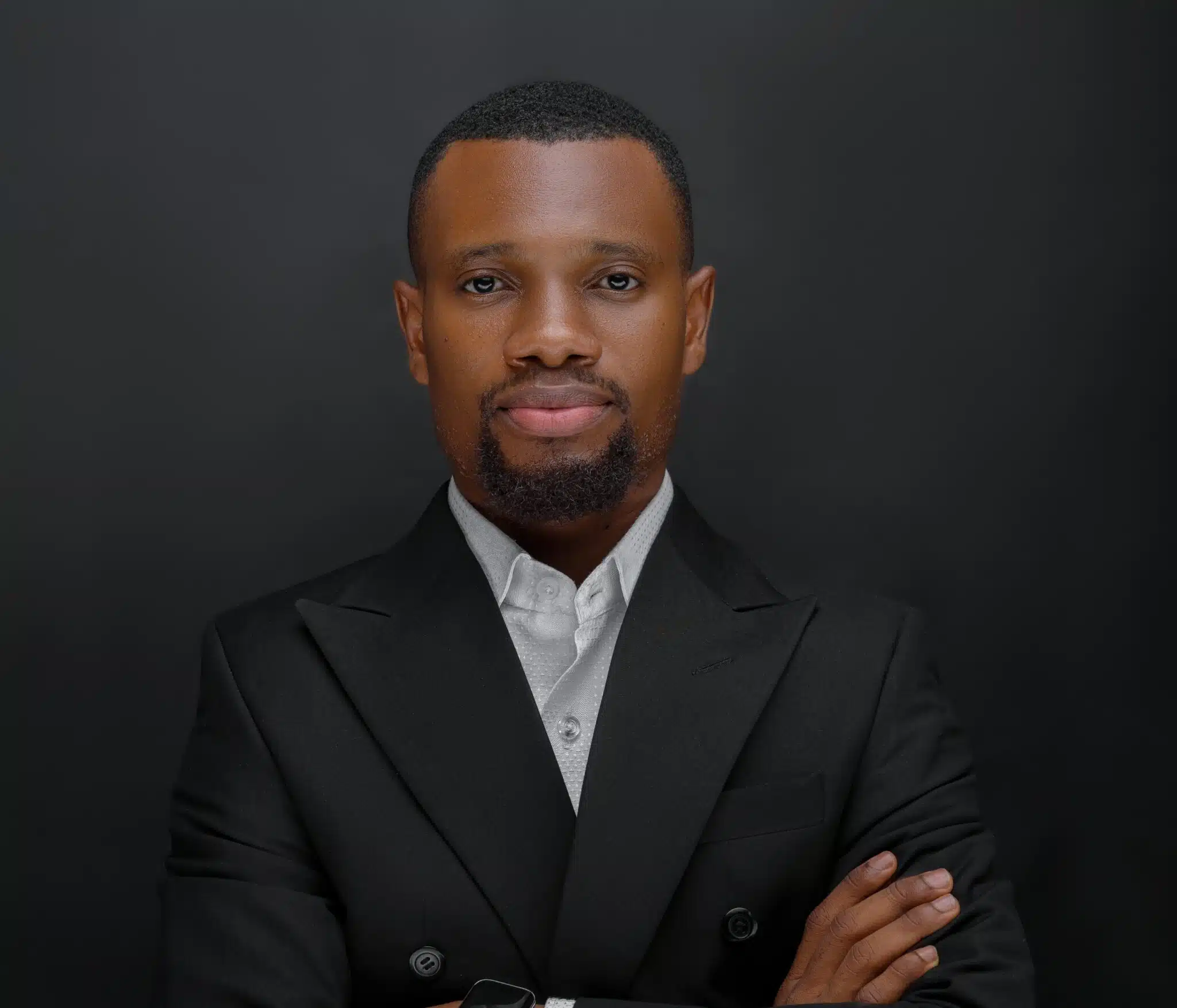Gideon Uwem is a Game Experience Designer who likes to call himself a cultural e-gaming architect.
Before founding Novatrax Studio, a gaming startup, Uwem worked across various sectors, such as fintech, web3, and digital design before narrowing his focus to gaming. Over time, he has worked on some popular games, including the Aki and Pawpaw Epic Run, and Warlords Hammer.
In this edition of After Hours, Uwem shares his story from learning graphics design at an Edo State funded academy to building Nigeria culture-centred games for the world.
Interactions with Technology
My first real interaction with technology was around 2018, when I worked as a graphic designer in Benin City, Edo State. There’s a popular area there called First East Circular, and it’s known for its printing presses and media outlets. I started learning design there; it was my first step into the tech world.
At that time, I was just looking for a skill to learn before heading to college. Then, in 2020, luckily, I got into EdoBits Academy, a tech academy sponsored by the Edo State Government and Oxfam. The program trained young people in web development, UI/UX design, branding, and a couple of other digital skills.
That was my first major exposure to technology. Before then, I used to think tech was rocket science; something very complex, but the academy opened my eyes to how broad and accessible the tech ecosystem really is.
I started as a graphic designer in 2018, joined EdoBits in 2020, and completed the program in 2021. The academy ran three courses, with each phase becoming more advanced. Course 1 accepted 50 candidates and focused on basic computer knowledge; Course 2 involved hands-on projects like WordPress, branding, HTML, and CSS, and only the 25 best graduates were picked, while Course 3 allowed us to specialise. I chose the design track because coding never appealed to me.
From Aki and Pawpaw to Novatrax

After graduating from EdoBits in 2021, I interned at Genius Hub for a year. When I left, I went into freelancing and got my first paid product design contract for a fintech app. But I soon realised the UI/UX design market was oversaturated.
So, I looked for something different, something that made me stand out. I began experimenting with game interfaces, designing mock screens, and manipulating visuals in Photoshop. Eventually, a Kenyan studio reached out after seeing my work online and offered me my first game design contract worth $5,000.
That project opened the door to more opportunities for me. I worked with Nigerian developers on Aki and Pawpaw Epic Run, which went on to reach over 400,000 downloads. That was my breakthrough moment.
Afterwards, instead of seeking another job, I decided to build something. I reached out to friends and mentors, shared my idea of creating a game studio that tells African stories, and that’s how Novatrax was born.
For too long, Africa has been under-represented in the global gaming scene. The world has seen our music and films with Afrobeats and Nollywood, but not our stories through games.
Games like Ghost of Tsushima have taught people about Japanese culture. Why can’t African games do the same? That is why Novatrax is creating games inspired by African environments and narratives. Our upcoming game features three settings, two of which are African-inspired and one Parisian, as we do not also want to cut out the global scene.
Recently, I had a conversation with a prominent US-based gaming figure, and he shared how most of what he knows about Africa comes from documentaries. That reinforced my mission: to let the world experience Africa through play, not just through observation.
Tech products and platforms to live with
As far back as I can remember, my earliest experience with tech products came through gaming. Growing up, I was a huge game lover. I played both mobile and console games, especially the Sega and PlayStation 1.
Gaming was how I connected with people. I met friends through game houses and shared moments of fun and imagination. That was my earliest and most meaningful introduction to technology. And the storylines were the most fun part of it.
The biggest influence for me wasn’t a person; it was the fun. Gaming pulled me in because of how immersive it was. I could play for hours without realising time had passed. That sense of escape and interactivity made me want to understand what happened behind the scenes. It wasn’t just about playing anymore; I wanted to create those experiences for others.
Now, technology has become a part of everything I do, from how I work to how I communicate. Managing my team, working on projects, delegating tasks, all of it runs on technology. On a scale of 1 to 10, I’d rate its importance in my daily life as a 9.5.
If we’re talking hardware, my phone tops the list of tech products I can’t live without now. It’s the most versatile tool I own. Because it is mobile friendly, I can take it with me wherever I go; I communicate mostly from it. I can get informed by accessing social media on my phone, and even play games all from one device. Whether it’s WhatsApp, Spotify, X, Call of Duty: Mobile or my mobile banking apps, my phone keeps me connected to work, people, and the world.
My favourite social media platform is Twitter (X). I mostly stay updated through Twitter and YouTube. I follow content creators who review new gadgets, apps, and emerging tools that make life easier. But I would say a platform I can’t do without would be my banking apps. I need them, obviously.
Creativity with technology
One funny instance where I was trying to be creative with technology was during my graphic design journey in Benin. Back at EdoBits Academy, after a few weeks of joining, we were once assigned to build a landing page using HTML and CSS. I wanted my project to stand out, so I decided to add a slideshow to the hero section just like with Jumia’s.
We hadn’t yet learned how to code a carousel or a slide, but I remembered a Photoshop lesson where we were taught how to create GIFs. So, I designed a GIF slideshow in Photoshop and embedded it in my webpage. Funny enough, it wasn’t interactive or clickable, it couldn’t pause or skip, and it didn’t move on command, but it gave the illusion of motion. That was my first creative workaround using tech to achieve a result I wasn’t technically trained for yet.
The biggest challenge with technology is misinformation. Sometimes, news spreads so quickly online that it’s hard to tell what’s true. This happens a lot on social media, where even verified-looking accounts and platforms share unverified stories especially with WhatApp TVs.
One thing that has helped is X’s Grok AI feature, which adds community notes to clarify false news. But I still double-check by reading reports from credible outlets before believing or sharing anything.
Technology has completely redefined how we communicate and maintain relationships. Apps like WhatsApp, Instagram, and Snapchat make it easy to connect with friends and family anywhere in the world. We can share life updates, send voice notes, make video calls, and even collaborate in real time. Twenty years ago, this level of instant connection wasn’t possible. Now, technology bridges that distance effortlessly.
I’ve taken breaks from tech tools, especially from social media. It can get noisy and distracting with too much information and comparison. Earlier this year, I deliberately took some time off to find clarity and focus.
However, I couldn’t completely disconnect because of work. I still had to use Discord for team communication, but I cut my screen time by more than half. It was necessary to reset and refocus.
Looking ahead, I believe technology, especially gaming, will play a huge role in shaping how we connect, learn, and share culture.











